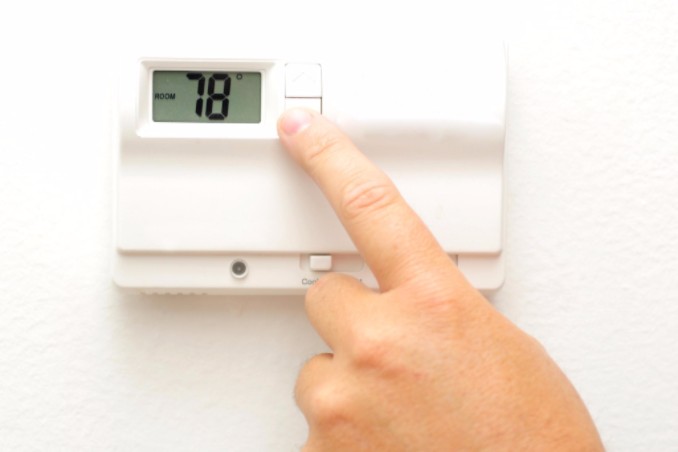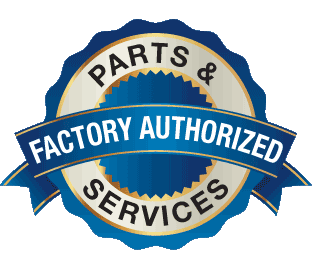More than likely, your home has a thermostat – you know, the mechanism you use to adjust your home’s temperature to a comfortable level. The job of a thermostat is to set your preferred temperature for as long as you like.
Let’s talk briefly about how your thermostat works, common problems you may experience, and how you can keep your thermostat working smoothly.
How Your Thermostat Works
Your thermostat’s purpose is to maintain a constant temperature throughout your home. You set your thermostat to the desired temperature, and the thermostat uses both heat and air conditioner to reach that level.
Most thermostats have either a sensor or a strip of mercury to judge the temperature of a room. From there, the thermostat acts like a light switch to turn on the current to either the heater or air conditioner.
Many modern thermostats are built with “smart” technology, meaning they are capable of learning the heating and cooling patterns in your home, as well as how long it takes your home to reach a desired temperature, and automating this process to maximize comfort and efficiency. Smart thermostats are a great option for homeowners looking to upgrade their heating and cooling system and lower their monthly energy bill.
Problems With Your Thermostat
There are a number of ways your thermostat can malfunction. Most common problems include:
- No thermostat display – If your thermostat is not showing a display, it could be a sign of a dead battery or a tripped breaker. If you’re sure power is flowing, take off the thermostat cover and check for dirt buildup, loose wiring or loose screws.
- Temperature is not changing to setting – If your thermostat never allows the room to reach your set temperature, first check for dirt or a stuck heat anticipator. This is the part that signals the heater to turn on. If neither of these is the culprit, a thermostat in direct sunlight at any point will likely have a skewed reading.
- Running constantly – If your heater or air conditioner never stops running, it could be that your thermostat anticipator is not working properly, or that there is simply a buildup of dirt somewhere.
Maintaining Your Thermostat
One of the first things you should do regularly to maintain your thermostat’s working condition is clean it and making sure power is flowing to the system. Dirt buildup is a common cause of numerous problems.
Secondly, make sure that your thermostat is placed in a central location and away from any direct sunlight. These conditions can skew a thermostat reading and make your system’s efficiency go way down – not to mention make your home unbearable.
If you’re still experiencing trouble with your thermostat, a professional HVAC technician can help you nail down the problem. Serving the greater Houston area, Richmond’s Air offers both repair and maintenance services to keep your air conditioner and all of its parts running smoothly. Contact us today to schedule an appointment.
 Read reviews
Read reviews








